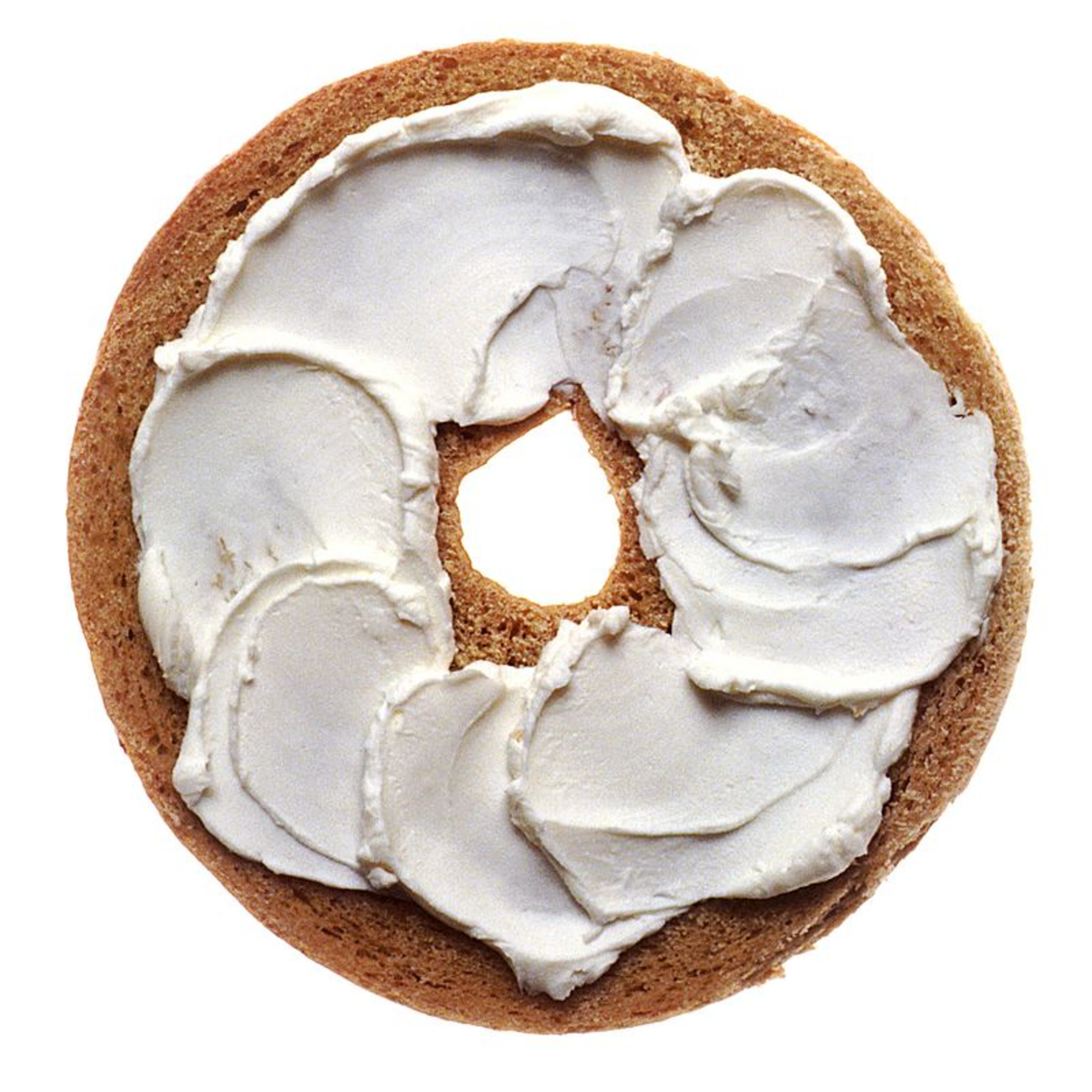THE QUEENS NEW YORKER EPISODE 192: THE HISTORY OF THE NEW YORK BAGEL
- Author
- Jason DeCanio
- Published
- Fri 14 Jan 2022
- Episode Link
- https://podcasters.spotify.com/pod/show/thequeensnewyorker/episodes/THE-QUEENS-NEW-YORKER-EPISODE-192-THE-HISTORY-OF-THE-NEW-YORK-BAGEL-e1cu8ks
The New York style bagel is the original style of bagel available in the United States, originating from the Jewish community of New York City, and can trace its origins to the bagels made by the Ashkenazi Jews of Poland.
A traditional New York style is typically larger and fatter than a mass-produced bagel, or a wood-fired Montreal-style bagel. They have also grown over time, from about 3 ounces (85 g) in 1915 to 6 ounces (170 g) in 2003.[1]
A bagel and cream cheese (also known as bagel with cream cheese) is a common food pairing in American cuisine, the cuisine of New York City, and American Jewish cuisine, consisting in its basic form of a sliced bagel spread with cream cheese. The bagel with cream cheese is traditionally and most commonly served open-faced, sliced horizontally and spread with cream cheese and other toppings in the middle.[1] Beginning in the 1980s as bagels expanded in popularity beyond Jewish communities, the bagel served as a sandwich became increasingly popular for its portability. The basic bagel with cream cheese serves as the base for other items such as the "lox and schmear", a staple of delicatessens in the New York City area and across the U.S. While non-Jewish ingredients take well to bagel sandwiches, such as eggs and breakfast meats, cold cuts and sliced cheese, several traditional Jewish toppings for bagels do not work well between bagel halves, including the popular whitefish salad, pickled herring or chopped liver for the simple mechanical reason that soft toppings easily squirt out the sides when the bagel is bitten, as even a fresh bagel is firmer than most breads.
PICTURE: By Renee Comet - This image was released by the National Cancer Institute, an agency part of the National Institutes of Health, with the ID 2602 (image) (next)., Public Domain, https://commons.wikimedia.org/w/index.php?curid=137951
